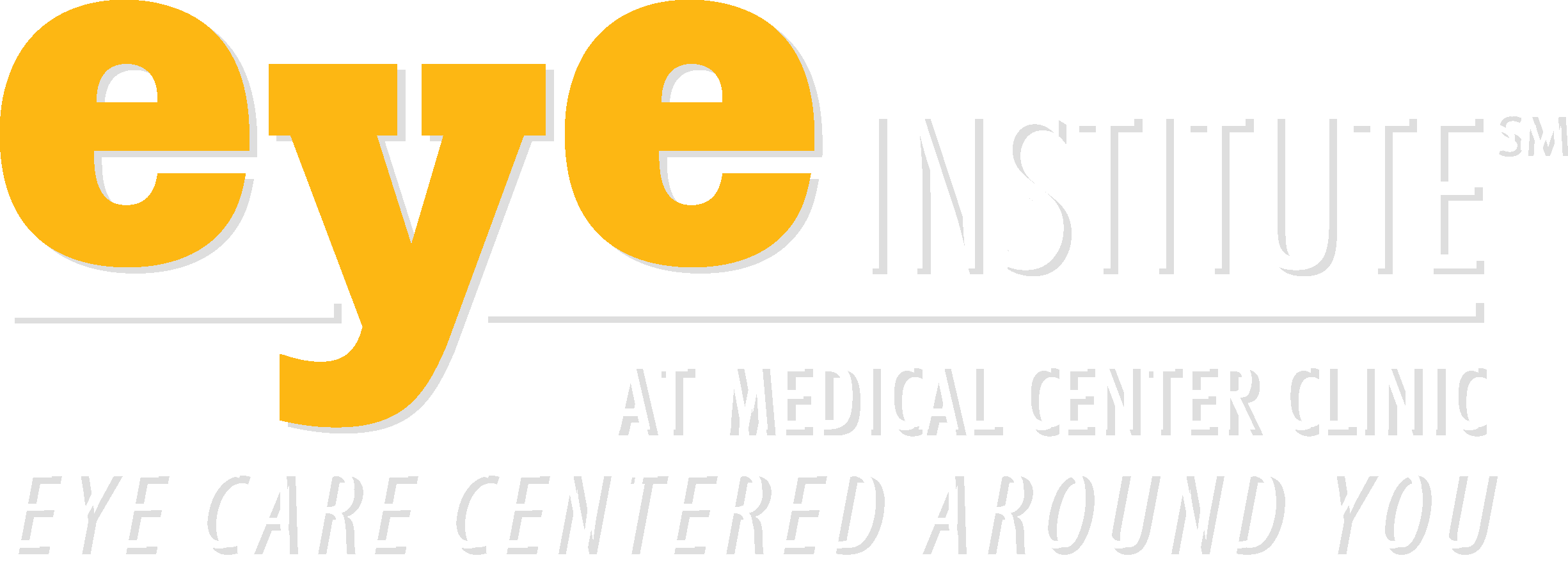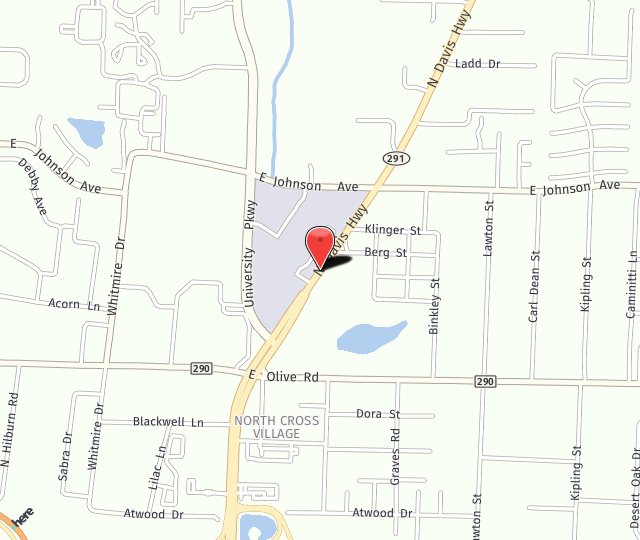Descemet’s Stripping Automated Endothelial Keratoplasty
DSAEK is a new technique that can help some patients who previously required a full thickness corneal transplant. Both the conventional corneal transplant technique and DSAEK require use of a donor cornea, but DSAEK replaces only the diseased posterior section of the cornea. This procedure, which requires minimal suturing, allows more rapid visual restoration, less discomfort, and a reduced risk of sight-threatening complications.

With a conventional corneal transplant, the full thickness of the cornea is completely removed, and a whole new donor cornea is sutured around the circumference of the cornea. These sutures can remain in the eye for over a year and often cause the cornea to take on an irregular shape during the healing process that is difficult to correct with glasses or contact lenses. This results in less than optimum postoperative vision. DSAEK, on the other hand, involves removing only Descemet’s membrane and the damaged endothelial cells and leaves the surface of the cornea untouched. The surgery is usually performed on an outpatient basis.
What to expect on surgery day
You will arrive at the surgery center about an hour prior to your procedure. Once you have been checked in you may be offered a sedative to help you relax. You will then be prepared for surgery. The area around your eyes will be cleaned and a sterile drape may be applied around your eye.
A small incision will be made to allow the surgeon to strip away the diseased Descemet’s membrane and damaged endothelial cells. Next, the bottom 10-20% of a donor cornea that has healthy endothelial cells attached to its Descemet’s membrane will be inserted through the same incision. After it is placed in position, an air bubble will be used to hold the transplanted tissue in place.
After your DSAEK procedure
Immediately after the procedure, you will be taken into recovery where you will lie down for about an hour to let the air bubble continue to press against the tissue to secure it in place. Your eye will be patched before you leave. Antibiotic eye drops will be used for a week or so to help prevent infection, and a mild steroid eye drop will need to be used for a year or so to help prevent rejection.
You should be able to resume normal activities the day after your surgery. With conventional corneal transplantation, your vision typically does not improve for months or even years, while with DSAEK, you may experience visual improvement within weeks. If you need transplants in both eyes, DSAEK allows you to have the second transplant within months, versus a year or more if you were to have a conventional transplant.
In order to make your DSAEK procedure a success, it is important that ALL scheduled appointments be kept and ALL medications are used as directed. Any pain, redness, or reduced vision should be reported immediately.
Realistic expectations
The decision to have DSAEK is an important one that only you can make. The goal of any vision restoration procedure is to improve your vision. However, we cannot guarantee you will have the results you desire. Rejection could happen (although rarely) at any time in the future. However, if the transplanted tissue should be rejected, it is usually possible to have the procedure successfully repeated.
Educational Video:


